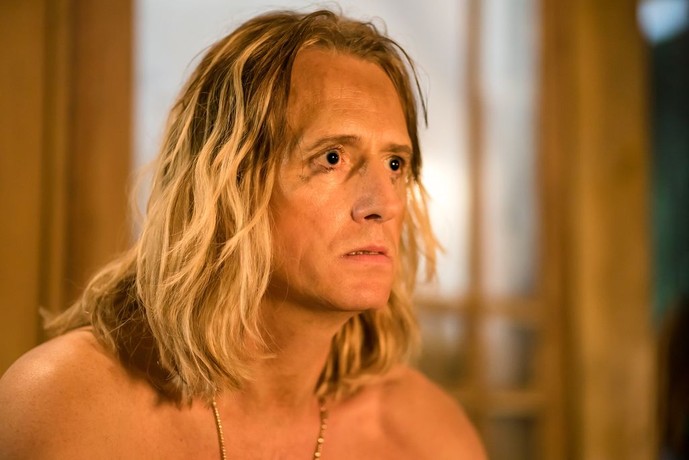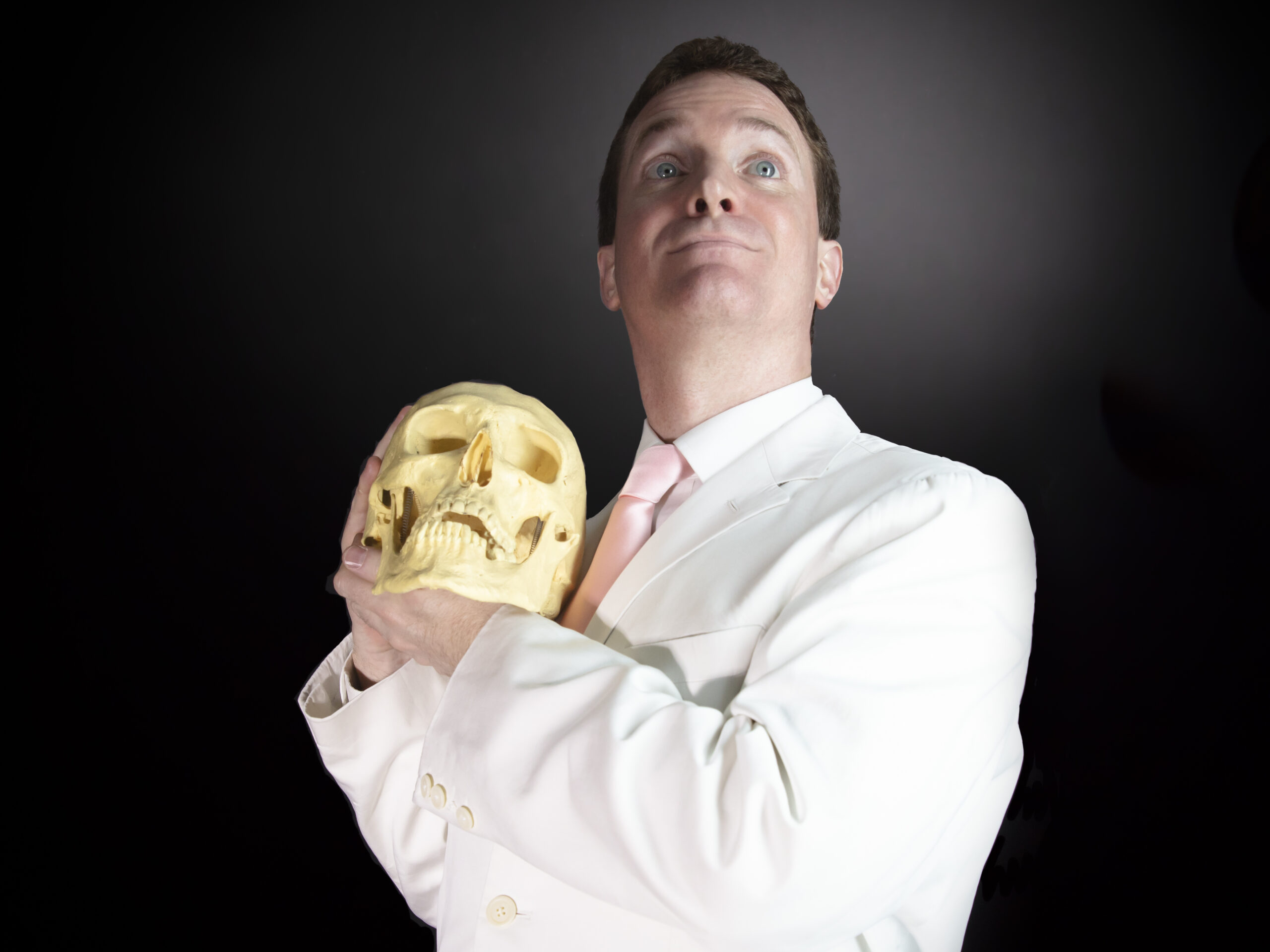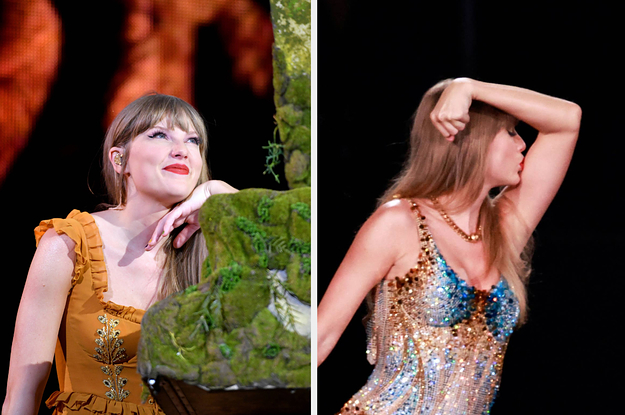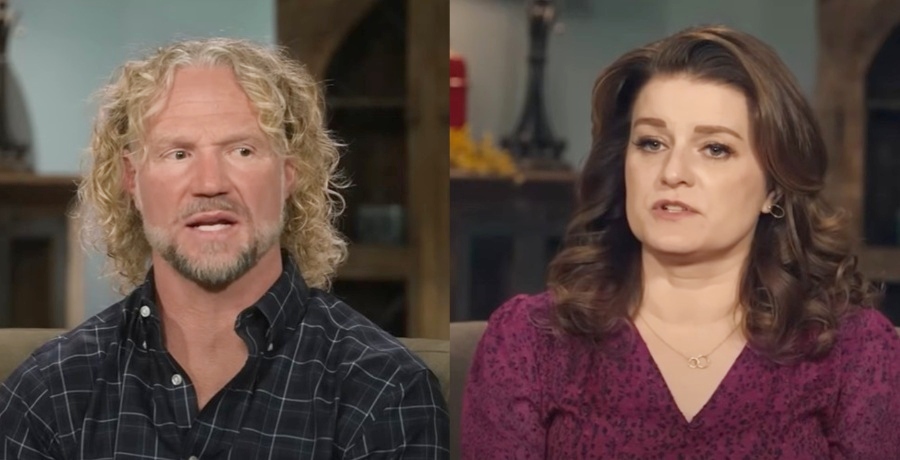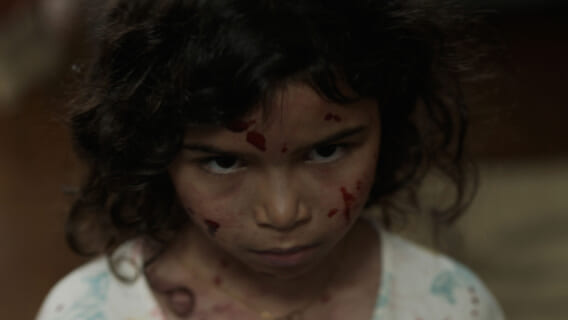
A hand reaches out to pull a lever. A spark ignites. Glowing electricity crackles through transparent tubes. A woman, wires streaming from her head like ribbons, opens her eyes.
What I’m describing is part of the trailer for Yorgos Lanthimos’s upcoming film, Poor Things. But, I could just as easily be talking about the 1927 film Metropolis, directed by Fritz Lang, in which the mad scientist Rotwang creates a mechanical double for the angelic teacher turned workers’ rights advocate, Maria. Or James Whale’s 1935 Bride of Frankenstein, a sequel to the hit Universal monster movie Frankenstein (1931). Or even the more crassly titled Frankenhooker, a 1990 cult classic directed by sleaze artist extraordinaire Frank Henenlotter.
An investment in animating dead matter, whether organic or mechanical, has been built into the medium of film from its very beginnings. And it’s easy to see why. It’s a reflection of the medium itself, of film’s attempt to bring the inert emptiness of the screen to life before our very eyes. And the frequency with which this dead matter, in the hands of its specifically male creator, takes on the recognizable shape of a human woman says something not only about the kinds of desires she’s being brought to life to fulfill, but also about woman’s status as the object par excellence of our cinematic gazes.

If stories about animation and reanimation are commonplace in the history of cinema, and frequently return to Mary Shelley’s 1818 novel Frankenstein; or, the Modern Prometheus as source material, what is it about this particular moment in our cultural history that demands an interrogation of the prevalence of these stories within our current media landscape? Why should we care that Poor Things, based on a book of the same name published in 1992 by Alasdair Grey, is being released alongside other Frankenstein riffs like birth/rebirth, The Angry Black Girl and Her Monster, and even a holiday horror comedy called Santastein? And how might the various revisions and inversions to the classic Frankenstein story presented by these particular films speak to and unsettle ideas about the prevalence of whiteness and masculinity in cinematic depictions of genius?
I want to posit that this “Frankenstein revival” we appear to be experiencing is part of a cultural reckoning with mass death in the midst of the ongoing COVID-19 pandemic and the state-sanctioned murder of Black communities. With these two phenomena overlapping so explicitly in the summer of 2020, it hardly strikes me as a coincidence that we’re currently seeing a wave of films invested both in reanimating corpses and, to varying degrees, revisiting the white male creator/genius trope. Although several of these films were conceived of before the pandemic hit, the reverberations of these ideas are palpable now, at the time of their release. They help us think about our responses to personal and collective grief while also illuminating the shortcomings of our existing social structures.
birth/rebirth
Take birth/rebirth, the debut feature from director Laura Moss, which centers on the fraught relationship between Dr. Rose Casper (Marin Ireland), a medical examiner, and Celie Morales (Judy Reyes), a midwife, in the aftermath of Celie’s daughter Lila’s (AJ Lister) sudden death at the hands of a bacterial meningitis infection. When the grieving Celie attempts to claim Lila’s remains and finds them to be missing, she discovers that Dr. Casper is behind their disappearance. More than that, she’s been secretly abusing her position at the hospital to work on a serum that reanimates the dead.
Trading in Victor Frankenstein and his monster for two unconventional parents of an undead child, birth/rebirth recasts this fantasy of cisgender male birth explicitly in terms of mothering. While motherhood looks very different for our two characters, with Dr. Casper more invested in the legacy of her scientific breakthrough and Celie willing to take drastic measures to get her daughter back, the film, like Frankenstein, interrogates the ethics of their actions, this time within a contemporary bureaucratic medical context.
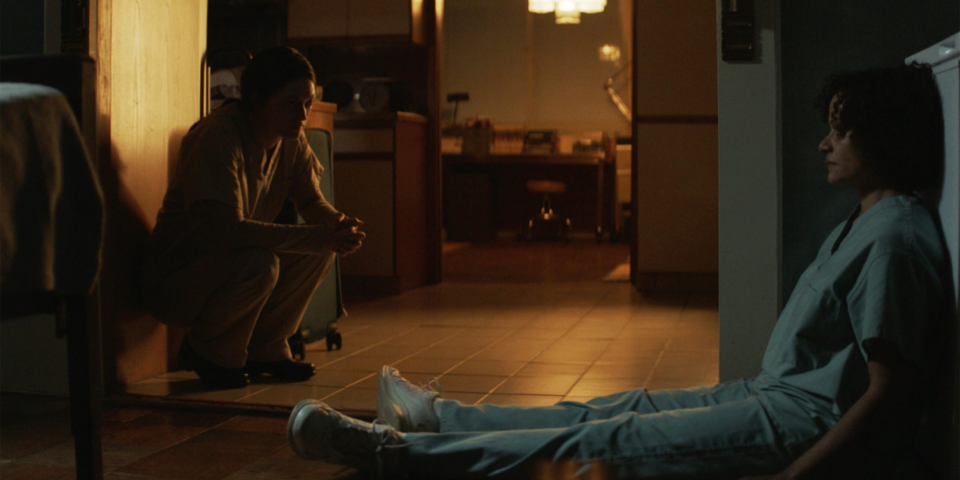
The solitary nature of male genius is replaced by a collaborative (or, at times, codependent) approach with a queer subtext, but the result is no less critical of the hubris of its protagonists. By unpacking how one woman’s devastating loss represents an unmissable opportunity for the other, the film navigates a not-unfamiliar trajectory of rapidly worsening infection, to abrupt death, to the hope, however unlikely, of reversing that unjust loss of life.
The Angry Black Girl And Her Monster
In The Angry Black Girl and Her Monster, injustice is positioned at the forefront of the narrative, which follows the teenage Vicaria (Laya DeLeon Hayes) as she attempts to harness her scientific prowess to resurrect her brother Chris (Edem Atsu-Swanzy), the second person in her family to be killed as a result of gang violence. Another directorial debut, this time from Bomani J. Story, The Angry Black Girl and Her Monster takes the systemic failings that result in a disproportionate loss of Black life in America as its animating concern in an unflinching, yet playfully on-the-nose revision of the Frankenstein tale.
Playing on ideas of madness (as in, a mad scientist) in its title, The Angry Black Girl and Her Monster suggests that Vicaria has every right to be mad. Although her brother is not a victim of police violence, the film makes clear the connection between these oppressive systems and the oppressive circumstances she and her family face as Vicaria fights back against the structural forces that condemned her brother and others to an early death.
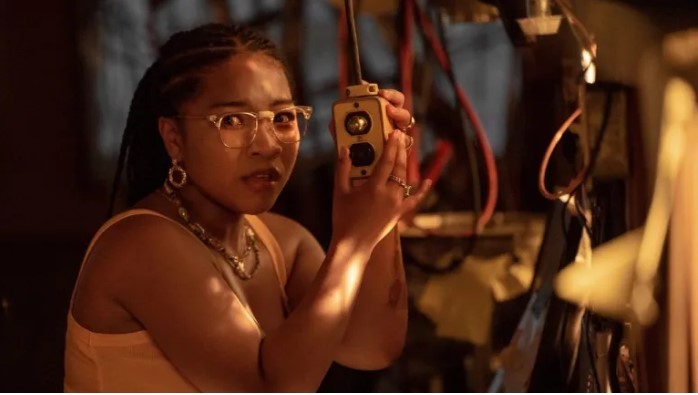
In a by-now familiar cruel twist of fate, Chris comes back wrong and wanders his neighborhood in search of vengeance, not unlike many of the Black avenger figures of the Blaxploitation films of the 1970s. In fact, with racial and intergenerational trauma at the forefront of the narrative, it recalls Blackenstein’s (1973) weak attempt to address the PTSD of Vietnam war veterans, though with notably more nuance and cultural specificity than Blackenstein, which capitalized on the success of Blacula the year prior to try to turn a quick profit. Like birth/rebirth, The Angry Black Girl and Her Monster injects a more explicitly familial context into the story of reanimation, dramatizing a creator/creation relationship that is also a sibling relationship inflected by grief and loss, and one that sheds light on the multifaceted effects of racialized violence both within the family unit and beyond.
Poor Things
Chris, like the Creature in Shelley’s novel, is a tragic figure, a monster cursed to reproduce the violence that surrounds him. Borrowing from this sense of tragedy, the title Poor Things could just as easily refer to its reanimated protagonist, Bella Baxter (Emma Stone), as to any of the people she comes into contact with over the course of the film. Since Poor Things won’t be released until December of 2023 (its initial release date was pushed back as a result of the SAG-AFTRA Strike), you’ll have to allow me a bit of conjecture in my discussion of the film.
Based on a book that, in turn, contains clear echoes of Mary Shelley’s Frankenstein, Poor Things dramatizes Bella’s journey of self-discovery after Dr. Godwin Baxter (Willem Dafoe) brings her back to life following her suicide. From the trailer alone, at least one inversion of the original Frankenstein story is visible: it is the scientist who is covered in scars, not his beautiful and blemish-free creation.
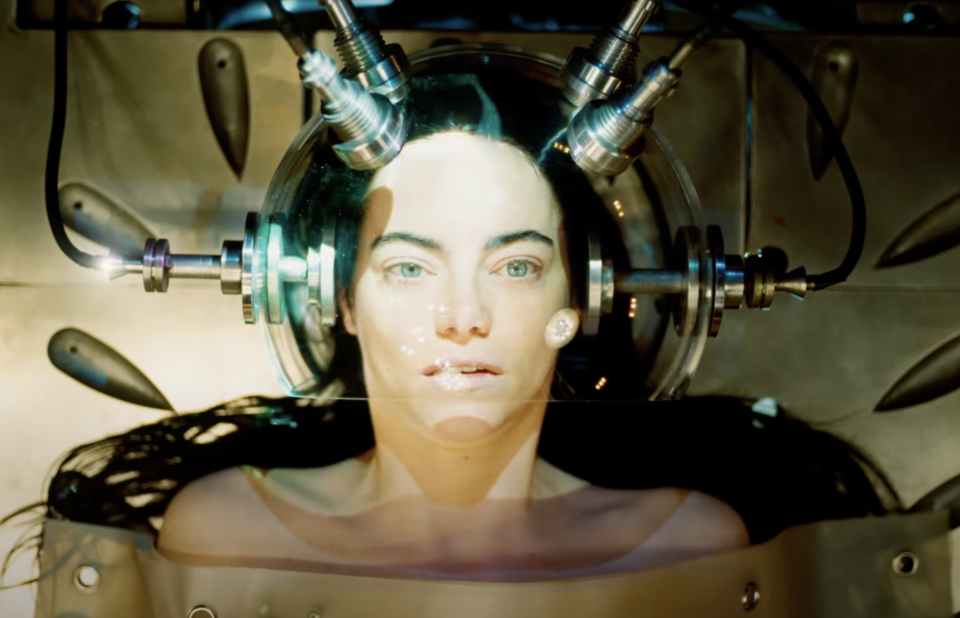
Though sticking closely to the male creator/female creation dynamic that has become commonplace in horror and science fiction films (and that, I should note, does depart from Mary Shelley’s version of the story), Poor Things’ synopsis seems to suggest a critique of Victorian morality in the form of Bella’s rampant hedonism, which parallels the destructiveness of Shelley’s Creature. Ostensibly designed as a companion to Dr. Baxter, Bella’s pursuit of freedom stands in opposition to the idea that her existence is indebted to others, allowing her to push back on the conventional Western gender roles her creation might imply. The film’s treatment of grief remains to be seen, but Bella’s initial suicide and later departure from the path her creator envisioned for her leave ample room for this exploration.
The connection to our moment of mass death may seem more tenuous with Poor Things than with birth/rebirth or The Angry Black Girl and Her Monster, but when you consider the devastating mental health impacts of loss of life on such a huge scale, coupled with the ways in which the last several years have made the various failures of our current systems increasingly visible, the relationship may become clearer. Death at this scale necessitates a reckoning with the structures that enable it just as much as it makes us long for ways to bring back the dead.
We might imagine that Bella’s pursuit of “the good life” her second time around is an act of rebellion against the repressive social constraints that may have ended her life in the first place, just as Vicaria’s attempt to cure death is a direct response to the loss of Black life she feels otherwise unable to prevent. Similarly, although perhaps less centrally, birth/rebirth mounts a critique of the medical industry and the long hours and low pay that kept Celine from attending to her ailing daughter, as well as the egos and ethics bound up in the pursuit of medical research.
As all three of these films revisit the idea of the prototypically white male creator so present in both literary and cinematic history, they do so in ways that illuminate the assumptions that underlie this trope and the social structures it both reflects and responds to. In a media landscape propped up on recycled stories and, god forbid, IP, I think the revived interest in making films about reanimation has the potential to let us have our cake and eat it, too. I would say we should bring back bringing back the dead, but we already have.
Categorized: Editorials


